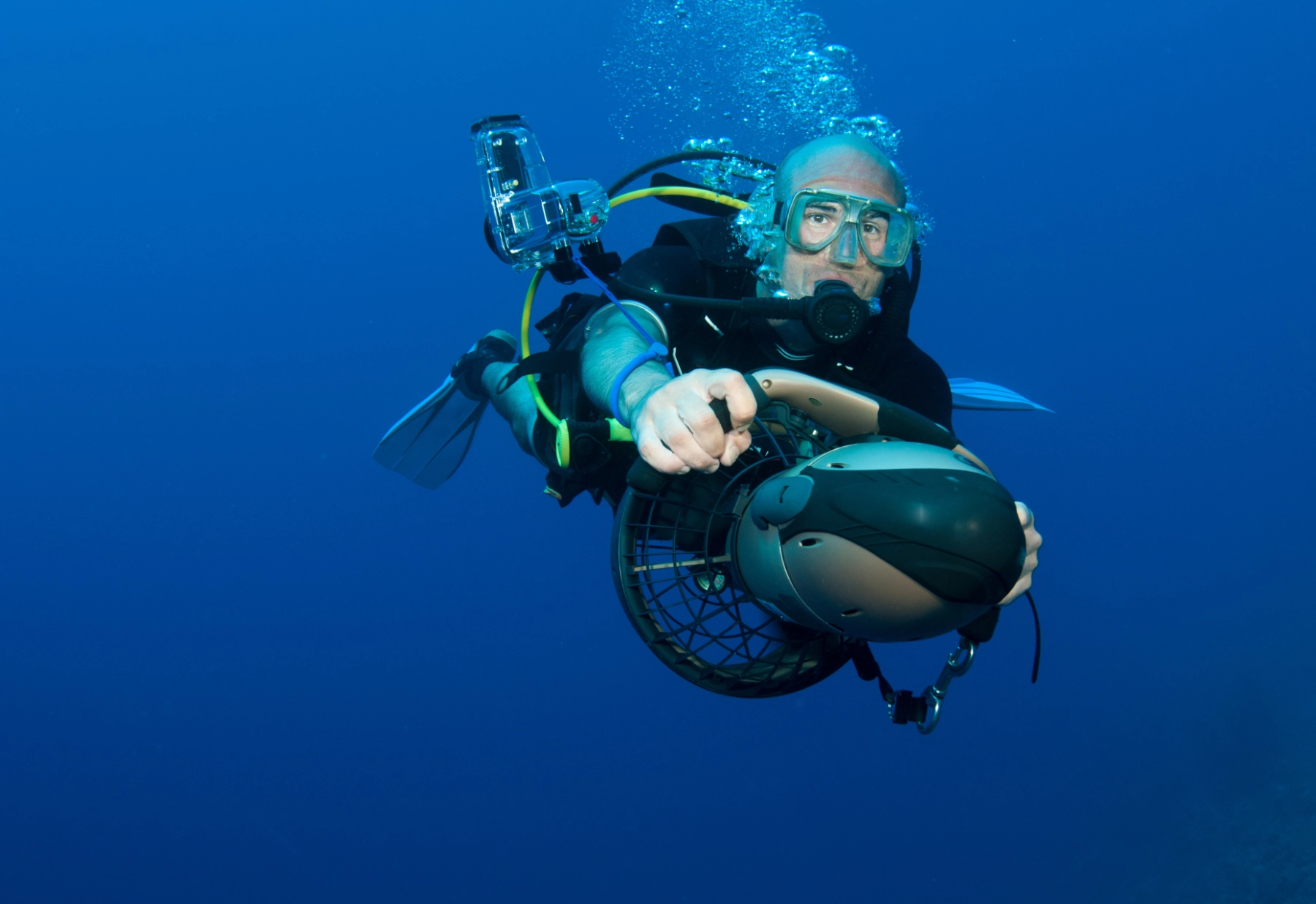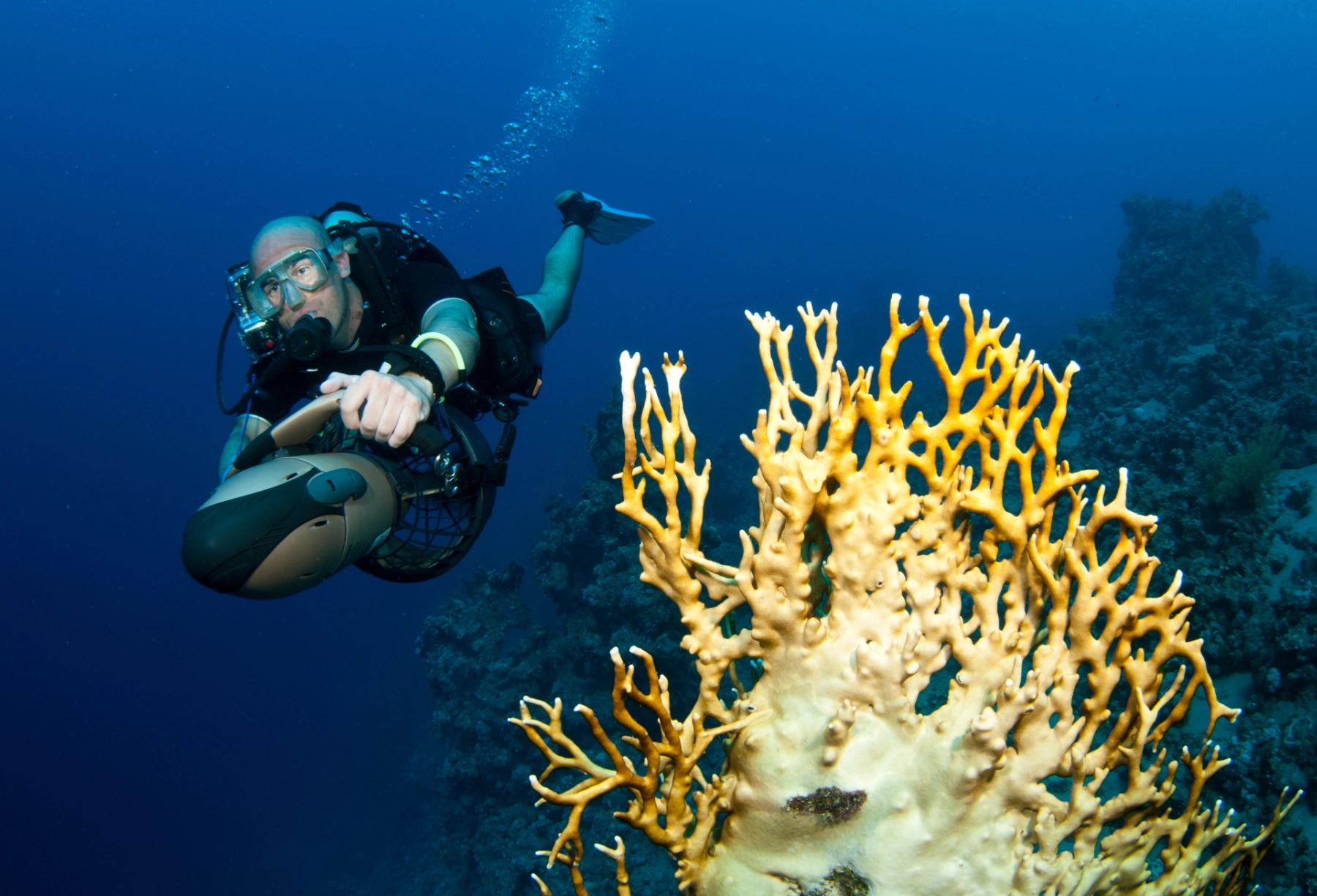นักผจญภัยดำน้ำ
-
Welcome to the Dive Adventurer Course!
-
ดำน้ำผจญภัยลึก
บทนำสู่การผจญภัยแบบ Deep Adventure Dive -
การเตรียมตัวสำหรับการดำน้ำลึก
-
การวางแผนเจาะลึก
-
การตรวจสอบความรู้การดำน้ำผจญภัยอันล้ำลึก1 แบบทดสอบ
-
ดำน้ำผจญภัยลึก
-
DPV ผจญภัยดำน้ำการแนะนำเกี่ยวกับ Dive Propulsion Vehicles (DPV) การผจญภัยการดำน้ำ
-
DPV ความปลอดภัยและการจัดการเหตุฉุกเฉิน
-
หลักการทำงานของ DPV
-
การตรวจสอบความรู้การดำน้ำผจญภัย DPV1 แบบทดสอบ
-
DPV ผจญภัยดำน้ำ
-
ดริฟท์แอดเวนเจอร์ไดฟ์บทนำสู่การผจญภัยแบบดริฟท์
-
ขั้นตอนความปลอดภัยสำหรับการดำน้ำแบบดริฟท์
-
เทคนิคการดำน้ำแบบดริฟท์
-
การตรวจสอบความรู้การดำน้ำผจญภัยแบบดริฟท์1 แบบทดสอบ
-
ดริฟท์แอดเวนเจอร์ไดฟ์
-
การดำน้ำผจญภัยในชุดดรายสูทบทนำสู่การผจญภัยการดำน้ำด้วยชุดดำน้ำแบบ Dry Suit
-
การดำน้ำในชุดดำน้ำ
-
ขั้นตอนความปลอดภัยและสถานการณ์ฉุกเฉินของชุดดำน้ำ
-
การตรวจสอบความรู้การดำน้ำแบบ Dry Suit Adventure1 แบบทดสอบ
-
การดำน้ำผจญภัยในชุดดรายสูท
-
นักดำน้ำมัลติมีเดียบทนำสู่การผจญภัยแบบมัลติมีเดีย
-
พื้นฐาน GoPro
-
การดูแลสิ่งแวดล้อม ตัวคุณเอง และอุปกรณ์ของคุณ
-
การตรวจสอบความรู้การดำน้ำผจญภัยแบบมัลติมีเดีย1 แบบทดสอบ
-
ดำน้ำผจญภัยมัลติมีเดีย
-
การดำน้ำผจญภัยนำทางบทนำสู่การผจญภัยแบบนำทาง
-
หลักพื้นฐานของการเดินเรือใต้น้ำ
-
เทคนิคเข็มทิศขั้นสูง
-
การตรวจสอบความรู้การดำน้ำผจญภัย1 แบบทดสอบ
-
การดำน้ำผจญภัยนำทาง
-
ดำน้ำผจญภัยกลางคืนบทนำสู่การดำน้ำผจญภัยกลางคืน
-
การเตรียมตัวสำหรับการดำน้ำกลางคืน
-
เทคนิคการดำน้ำกลางคืน
-
การตรวจสอบความรู้การดำน้ำผจญภัยกลางคืน1 แบบทดสอบ
-
ดำน้ำผจญภัยกลางคืน
-
การดำน้ำผจญภัยไนตรอกซ์การแนะนำการดำน้ำผจญภัยไนตรอกซ์
-
พื้นฐานการดำน้ำด้วยไนตรอกซ์
-
ข้อควรพิจารณาสำหรับการดำน้ำด้วยไนตรอกซ์
-
การตรวจสอบความรู้การดำน้ำ Nitrox Adventure1 แบบทดสอบ
-
การดำน้ำผจญภัยไนตรอกซ์
-
ดำน้ำผจญภัยซากเรือบทนำสู่การผจญภัยในเรืออับปาง
-
การป้องกันฉุกเฉินและขั้นตอนการดำน้ำซากเรือ
-
การวางแผนและการเตรียมการ
-
การตรวจสอบความรู้การดำน้ำผจญภัยซากเรือ1 แบบทดสอบ
-
ดำน้ำผจญภัยซากเรือ
DPV ความปลอดภัยและการจัดการเหตุฉุกเฉิน
DPV ความปลอดภัยและการจัดการเหตุฉุกเฉิน
เมื่อสิ้นสุดบทเรียนนี้ คุณจะสามารถ:
- Explain DPV safety considerations
- Describe emergency procedures
- Explain self-rescue skills

คุณสมบัติด้านความปลอดภัย
Automatic Shutoff Mechanisms
Most DPVs have automatic shutoff mechanisms that activate if the diver accidentally releases the controls. This feature is crucial to prevent the DPV from running away and potentially causing harm.
Divers should familiarize themselves with the shutoff system of their specific DPV model, understanding how it activates and how to reset it if necessary.
Depth and Battery Indicators
Advanced DPVs often have depth and battery life indicators. These tools are essential for divers to manage their dives within safe limits, especially regarding battery life, to ensure they can return safely without running out of power.
It’s important for divers to understand how to read these indicators accurately and to know the specific DPV’s maximum depth rating to avoid diving beyond its operational limits.
DPV Safety Considerations
Understanding and Training
Proper training is paramount for using a DPV safely. Divers should undergo a specialized training course that covers the operation, maintenance, and emergency procedures associated with DPVs. This training ensures that divers are familiar with the specific model they will use and understand how to handle it under various conditions.
Pre Dive Checks
Conducting thorough pre-dive checks is essential. Divers should inspect the DPV for any signs of wear or damage, ensure the battery is fully charged, and check that all controls and safety features function correctly. These checks help in identifying potential issues that could lead to malfunctions underwater.
Buoyancy and Trim
Maintaining proper buoyancy and trim is crucial when using a DPV. Divers should adjust their buoyancy to remain neutral, ensuring that the DPV does not cause them to ascend or descend unintentionally. Proper trim helps maintain balance and control while using the DPV.
Situational Awareness
Divers must maintain situational awareness at all times. This includes being aware of their surroundings, monitoring their depth and dive time, and keeping track of their air supply. It’s also important to be aware of other divers in the group to avoid collisions and separation.
Emergency Procedures
Familiarity with emergency procedures is essential. Divers should know how to respond if the DPV malfunctions, if they become separated from their group, or if they encounter other problems such as entanglement. Basic procedures include knowing how to ditch the DPV if necessary and how to signal for assistance.
Respect for Local Regulations
Adhering to local diving regulations and guidelines is important. This includes understanding any restrictions on the use of DPVs in certain areas and abiding by the rules set by local authorities or dive sites.
Safety Locks and Speed Controls
Safety locks on DPVs are designed to prevent accidental activation, especially when not in use. Understanding how to engage and disengage these locks is vital.
Speed controls should be used judiciously. Divers should learn the appropriate speeds for different conditions and how to adjust speed safely to avoid collisions or losing control.
Buddy System and Group Safety
When using DPVs, the buddy system becomes even more crucial. Divers should always stay within a safe distance of their buddy or group and have pre-determined signals for communication while using DPVs.

Emergency Procedures
In DPV diving, emergencies can arise from various scenarios, including entanglements and equipment failure.
Entanglement Management
Entanglements can occur with underwater flora, debris, or fishing lines. In such scenarios, the first step is to remain calm. Use hand signals to communicate the issue to your buddy. Gently attempt to untangle yourself or use a dive knife as a last resort. It’s essential to avoid rapid movements, which could worsen the entanglement.
Equipment Failure
If your DPV fails, assess whether it can be restarted or fixed underwater. If not, switch to traditional finning techniques. It’s crucial to have a pre-dive plan for such situations, including a designated meeting point or a specific surface protocol.
Self-Rescue Techniques
Sometimes, divers may become isolated from their group or face equipment malfunctions.
Dealing with Isolation
If separated, use your DPV to navigate to the pre-agreed meeting point. If you can’t find your group, ascend to the surface following safe ascent practices. Always carry a surface signalling device for such situations.
Handling Equipment Malfunction
In case of a DPV malfunction, switch to manual swimming. Conserve energy and air by swimming slowly and steadily. If you’re carrying an extra propulsion device, like a scooter, use it to return.
Buddy Rescue Skills
Assisting a distressed dive buddy is a vital skill in DPV diving.
Recognising Distress
Be alert to your buddy’s condition. Signs of distress include erratic movements, frantic signalling, or struggling with equipment.
Approaching and Assisting
Be alert to your buddy’s condition. Signs of distress include erratic movements, frantic signalling, or struggling with equipment.
Ascent and Surface Support
If an emergency ascent is needed, assist your buddy in a controlled ascent, maintaining close contact and monitoring their condition. Once at the surface, provide flotation support and signal for help if necessary.

